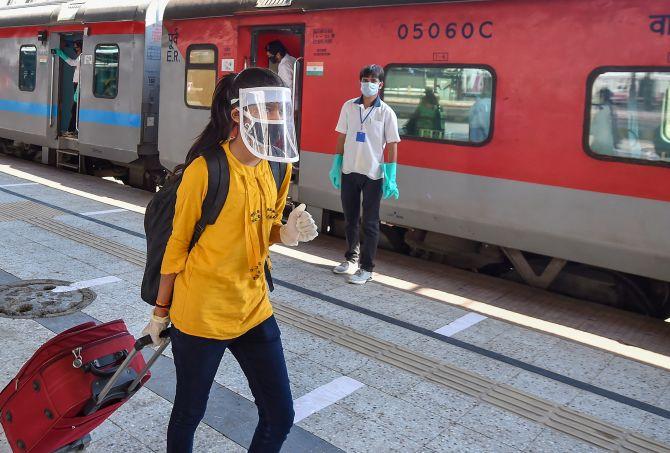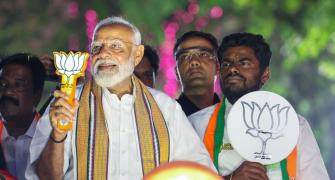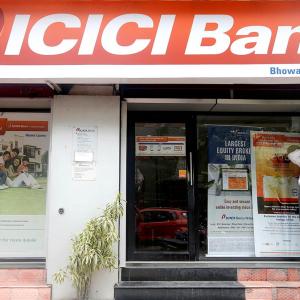Hit by Covid waves and slowdown, the Indian Railways has still not been able to return to its pre-pandemic passenger traffic, data by ministry of Railways has revealed.

In February, the national transporter received 413 million ticket bookings — 43 per cent higher than the previous year, but only 61 per cent of the 675 million in February 2020.
According to the statistics, that was the last time the Railways saw more than 500 million bookings in a single month.
In the 2019-20 financial year, Railways received 8,109 million bookings, including suburban and non-suburban segments, which roughly average at 675 million bookings a month.
In 2020-21, annual bookings received dropped to 1,250 million — a low of 104.5 million monthly bookings.
While April and May 2020 had seen a complete shutdown of railway services, the ensuing months also saw muted booking activity (see chart), driving the low figures.
In 2021-22, up to February, the national transporter received 3,204 million bookings at an average of 291 million.
The ministry had an annual target of 8,594 million passengers in the Budget, which it had to revise down to 3,533 million later.
Data shows that by the beginning of the last fiscal year, passenger demand had increased almost eightfold in seven months, which fell sharply again after the second wave.
While a return to normalcy following the Delta wave reflected in higher ticket bookings, a comparison of July 2021-February 2022 with the corresponding period two years ago shows a significant gap.
“The difference between pre-pandemic and current figures is definitely concerning.
"Recovery of Railways is slower than many other sectors.
"While trade and work-related travel and tourism have declined, roughly 80 per cent of the passengers come from unreserved sections and general class.
"The gap could not have been that high without the general segment population avoiding travel,” a sector expert said, requesting anonymity.
The Ministry of Railways, however, believes that the annual recovery is encouraging.
“During the pandemic, train services were briefly suspended, especially in unreserved class.
"Slowly those are being reconstituted. As we return to 100 per cent capacity, passenger booking numbers will return to pre-pandemic levels.
"In reserved classes, we are introducing new services such as 400 Vande Bharat trains, which will augur well for travellers.
"In view of this, we are poised to have much better numbers in the passenger sector overall — evident from the 43 per cent increase in passenger bookings since last year,” Gaurav Krishna Bansal, senior railway spokesperson, told Business Standard.
However, latest government data shows that the Railways is already running at 91 per cent capacity, with mail/express and suburban trains are at 101 per cent and 99 per cent capacity, respectively.
According to experts, these two segments contribute to a large volume of passenger traffic, and the national transporter should have had higher numbers at this capacity utilisation.
A Mumbai-based analyst also suggested that lower passenger figures could augur well for the freight side of Railways in the medium- to long-term, as lesser passengers would mean that it could readjust its passenger inventory according to the new demand and use the additional capacity to ferry more goods.
Railways primarily earns its revenue from freight, which it in turn uses to subsidise passenger transport.










